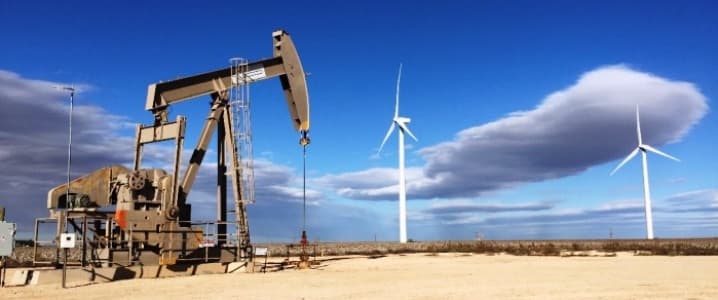The ‘hottest shale play’ has been the media’s favorite cliché for the Permian Basin over the past year. And while cliché, the basin straddling West Texas and New Mexico has lived up to this description—its oil production, unlike that in other basins, did not fall off a cliff during the downturn, it recently beat its own record from the 1970s, and is expected to continue to increase production more than any other U.S. shale play and account for most of the American oil production growth.
The Permian has been pumping oil since the 1920s. Conventional oil production started to decline in the late 1970s, but the fracking boom revitalized the oil-producing region in the early 2010s, and as oil prices rose last year, the Permian beat its previous record for annual oil production dating back to 1973.
The Permian surge in oil production is also revitalizing other industries in small Texas towns, from frac sand trucking and oilfield services to overbooked hotels and full restaurants, as Robert Rapier wrote in Forbes about his recent visit to the Permian.
This shale basin will continue to drive the U.S. oil production growth in the short to medium term, forecasts suggest. But analysts have started to question just how long the Permian can keep pumping at this relentless pace before hitting geological or financial constraints.
The Permian is now nearing 2.8 million bpd of oil production, EIA data shows. To compare, in October 2013, before the oil price crash, Permian production was 1.29 million bpd. In January and February 2016, when oil prices dipped to below $30 a barrel, the Permian production was still ticking up and exceeded 2 million bpd, compared to drops in all other main producing shale regions, including the Eagle Ford and the Bakken.
…click on the above link to read the rest of the article…


















